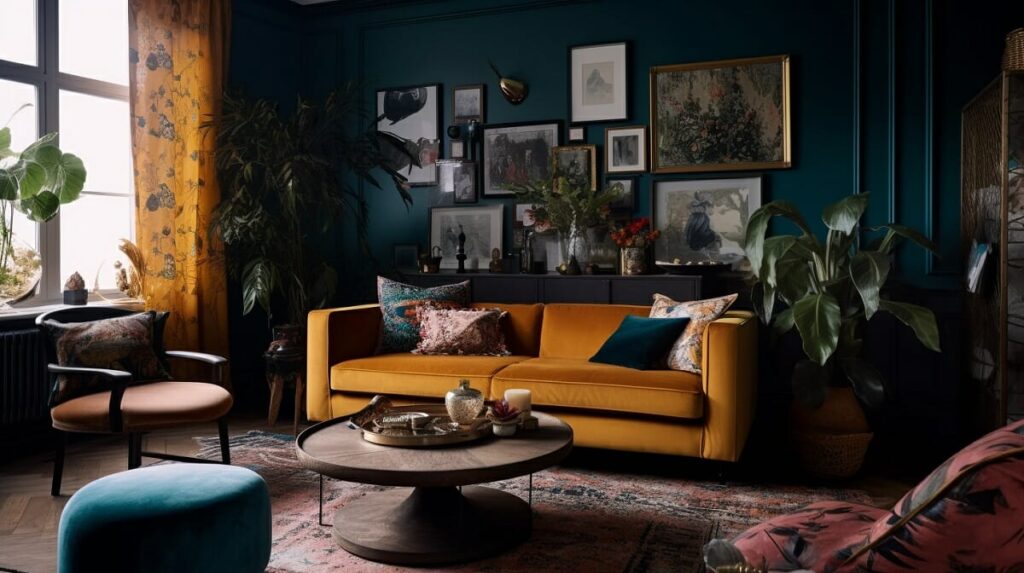
Architectural design often involves two contrasting philosophies – minimalism and maximalist. These approaches represent opposite ends of the design spectrum, each with its characteristics and applications.
Understanding minimalism in architecture
Minimalism in architecture focuses on clean lines, simplicity, and essential elements. Minimal design elements are used to create uncluttered, functional, and aesthetically pleasing spaces
- Simple geometric forms
- Limited colour palette, often favouring neutrals
- Emphasis on natural light and open spaces
- Use of high-quality materials in their purest form
When to choose minimalism
- Small spaces – Minimalist design can make small spaces appear larger and more open. Minimalism reduces clutter and emphasizes essential elements, which creates a sense of spaciousness in compact areas.
- Highlight architectural features – When a building has striking architectural features, such as unique structural elements or stunning views, minimalism can help draw attention to these aspects without competing with visual elements.
- Sustainable design goals – Minimalism often aligns well with sustainable design principles, as it typically involves using fewer materials and focuses on durability and timelessness rather than trend-driven elements.
Understanding maximalist in architecture
Maximalist in architectural design embraces abundance, complexity, and bold expression. It celebrates the idea that “more is more,” creating rich, layered environments that stimulate the senses and tell a story through design.
- Bold colours and patterns
- Mix of textures and materials
- Eclectic combination of styles
- Abundance of decorative elements
- Emphasis on personal expression and narrative
When choosing maximalist
- Creating immersive experiences – Maximalist is ideal for spaces designed to create immersive, memorable experiences, such as boutique hotels, themed restaurants, or entertainment venues.
- Expressing cultural richness – In projects that aim to showcase cultural heritage or tell a complex story, maximalist allows for the incorporation of diverse elements that reflect historical or cultural significance.
- Personal spaces – For residential projects where clients want their personalities to shine through, maximalist provides the freedom to incorporate personal collections, diverse art pieces, and eclectic design elements.
Factors to consider when choosing between minimalism and maximalist
- Client preferences and lifestyle – Some clients may be drawn to minimalism’s serenity, while others may prefer maximalist’s energy and expressiveness. Understanding the client’s lifestyle and aesthetic preferences is crucial.
- Environmental factors – Consider how the local climate, available natural light, and surrounding architecture influence the design approach. Minimalism works well in bright, open environments, while maximalist can add warmth to darker or more enclosed spaces.
- Long-term adaptability – Think about how the design will age over time. Minimalist designs often have a timeless quality, while maximalist designs may require more frequent updates to stay relevant.
Advanced visualization tools and 3D modelling have revolutionized architects’ and clients’ exploration of design options. These technologies allow for virtual walkthroughs and realistic renderings, making it easier to assess how minimalist or maximalist approaches will work in practice. For those interested in exploring how technology can enhance the design process and client communication, resources like https://logic1sales.com/ offer insights into innovative tools and strategies for architectural firms.




